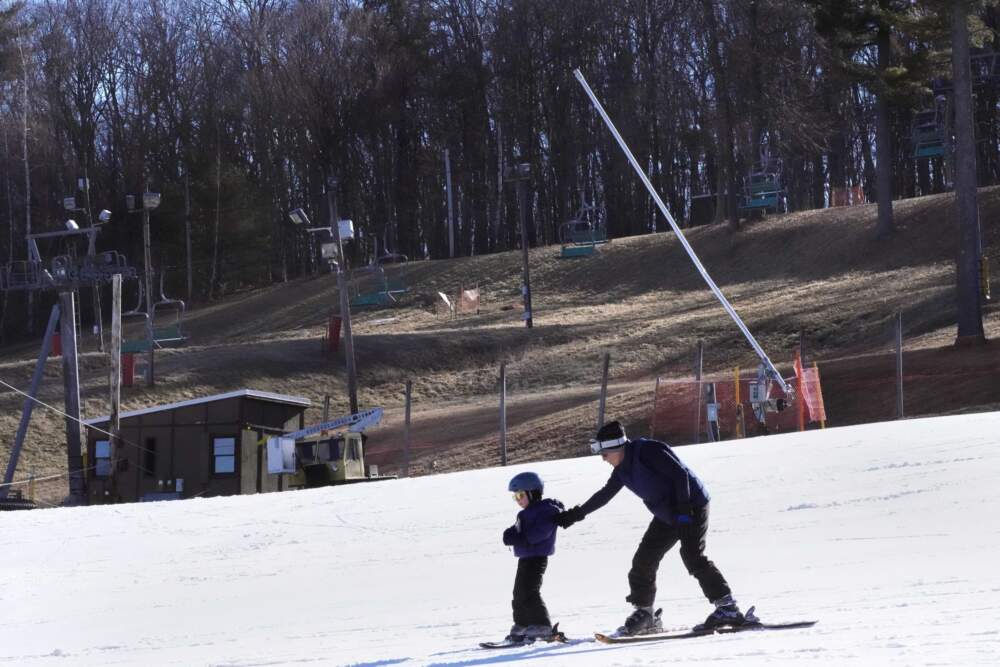Advertisement
Southern New England is seeing the fastest snow cover decline in North America

Southern New England is losing its snow cover at one of the fastest rates in the world, according to a new study.
The research appears in the journal Climate and looks at snowfall data from the last 23 years. It found southern New England is losing its snow cover at the fastest rate in North America.
The finding comes as New England temperatures are already warming faster than national averages from human-driven climate change, according to the U.S. Global Change Research Program.
While southern New England is seeing one of the fastest rates of snow cover decline, the problem is impacting most continents, said Stephen Young, a professor at Salem State University and the report’s author.
“It's not just a local thing,” Young said. “It really is a global phenomenon. And we just happen to live in one of those hotspots where it's happening faster.”
The report found the world has lost over 5% of its snow cover since the year 2000. That’s a potential problem that could spur on more global temperature changes because less snow on the ground means the planet can absorb more heat, as the bare ground takes in more sunlight instead of reflecting it back into the atmosphere.
The decline also presents challenges to animals and plants that rely on snow cover, Young said. Snow covering the ground can keep soil from deep freezes, but if that snow melts, water seeps into the soil and can quickly re-freeze if temperatures drop.
“You get the cold weather without any snow cover, the surface of the soil gets some freezing,” Young said.
Art Degaetano, director of the Northeast Regional Climate Center, said spring snow melts historically helped to supply groundwater. But when winter precipitation in southern New England comes down as rain, it doesn’t effectively “recharge” groundwater and soil moisture.
Degaetano, who wasn’t involved in the research, said the study’s use of NASA satellite data is helpful in tracking warming trends and that “snowfall is probably one of the less well measured variables.”
The data also shows yet another piece of evidence to show the Earth’s warming, Degaetano said.
Aside from southern New England, the study also identifies snow cover decline “hotspots” among several areas in Europe and Asia, with the most impact on the Andes mountain region in South America.
This story is a production of the New England News Collaborative. It was originally published by Connecticut Public Radio.